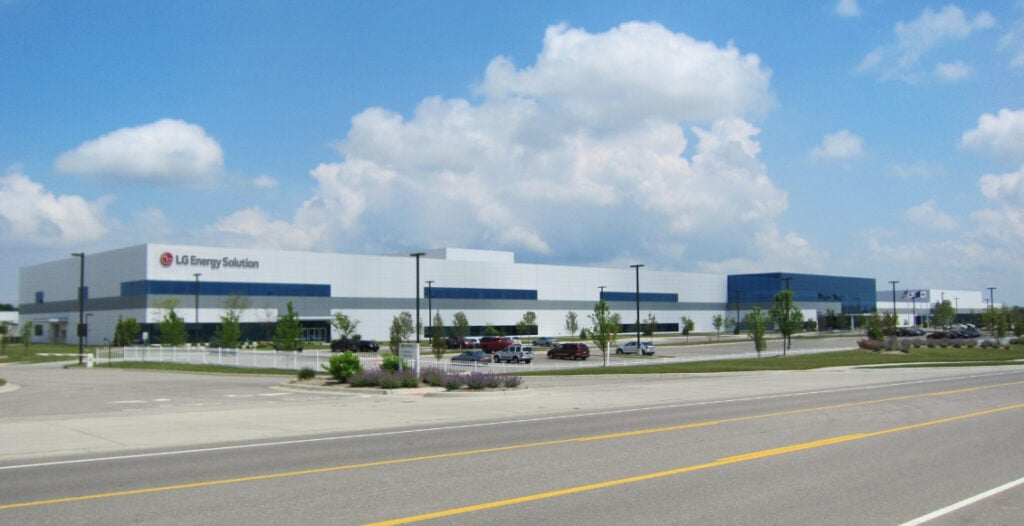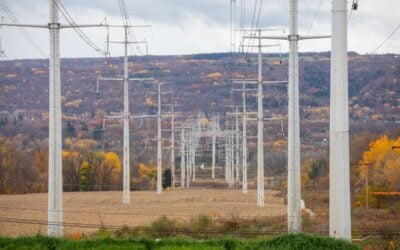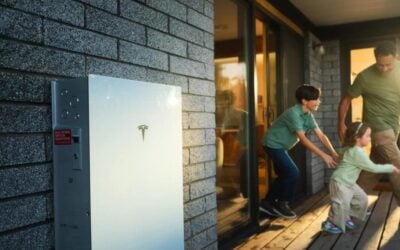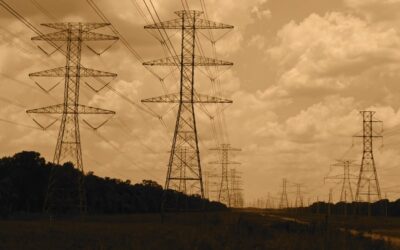
Lithium-ion OEM LG Energy Solution will slow its expansion to focus on increasing utilisation at existing production lines, while also starting battery production in the US for energy storage next year, it revealed in its quarterly results.
The battery and battery energy storage system (BESS) manufacturer saw a 16.4% year-on-year fall in revenues to KW6.88 trillion (US$4.97 billion) and a 38.7% fall in operating profit to KW448.3 billion (US$323.8 million) in its Q3 2024 results.
The results are an improvement on its second quarter, when revenues fell 30% and profits fell 60%, a set of results it attributed to slower-than-expected growth in the market for electric vehicles (EV), its biggest segment.
Expanded sales to European automotive companies, increasing production in the US and Indonesia, and substantial energy storage system (ESS) segment growth helped improve the figures quarter-on-quarter, CFO Chang Sil Lee said. Improved utilisation and metal price stabilisation also helped its bottom line, he added.
Try Premium for just $1
- Full premium access for the first month at only $1
- Converts to an annual rate after 30 days unless cancelled
- Cancel anytime during the trial period
Premium Benefits
- Expert industry analysis and interviews
- Digital access to PV Tech Power journal
- Exclusive event discounts
Or get the full Premium subscription right away
Or continue reading this article for free
As part of its strategic plan in light of this, LG Energy Solution will ‘scale down capacity expansion and adjust ramp-up speed to maximise utilisation rates of existing lines’, it said, as well as increase R&D and expand its business portfolio, particularly to target different EV segments.
LG Energy Solution VP Hyung-Sik Kim alluded to the potential of this focus on utilisation in an interview with Energy-Storage.news at trade show RE+ in September, saying the EV demand slowdown was leading the firm to ‘examine capacity utilisation closely’ (Premium access). At the time, the firm was planning eight gigafactories in the US alone.
The cooling of EV demand, combined with huge ramp-ups in production globally, particularly in China, has meant that battery prices have fallen substantially.
Launching battery production for ESS in US next year
The company will launch battery production for the energy storage system (ESS) segment in the US in 2025, in line with a ‘pivot’ to the energy storage system (ESS) the company told Energy-Storage.news it was planning at the time of its Q2 results in July. ‘Substantial ESS revenue growth from grid-scale projects’ was one of the mitigating factors in its poor Q3 results, the company said.
Increasing US battery production, be it for the EV or ESS segment, allows the company to capture 45X tax credits for manufacturing under the Inflation Reduction Act, including one that pays US$35 per kWh of batteries produced and another that pays US$10 per kWh of modules. These amounted to KW466 billion (US$336 million) in Q3, without which the firm would have swung to an operating loss.
LG Energy Solution confirmed what it told Energy-Storage.news in July, that it will ‘consider converting EV production lines to ESS in response to the European market demand’, not specifying which plants that might affect. It has a plant in Poland, as well as facilities in South Korea and the US.
Putting on hold a dedicated 16GWh ESS battery factory in Arizona is related to that, as the company is now looking at adapting EV lines to the ESS segment, rather than build ESS lines from scratch.
The remainder of its strategy in the ESS segment was summarised: “For ESS battery business where strong demand momentum is expected, especially in power grid, LG Energy Solution will actively respond to long-term, large-volume projects in North America, leveraging its stable production know-how and local supply capability, creating opportunities to generate stable revenue. To enhance competitiveness, the company also plans to launch high capacity LFP (lithium iron phosphate) ESS batteries, along with advanced energy management and system integration (SI) software.”
In April, the company also fired a warning shot to companies it claimed are copying its technology and violating its patents.





